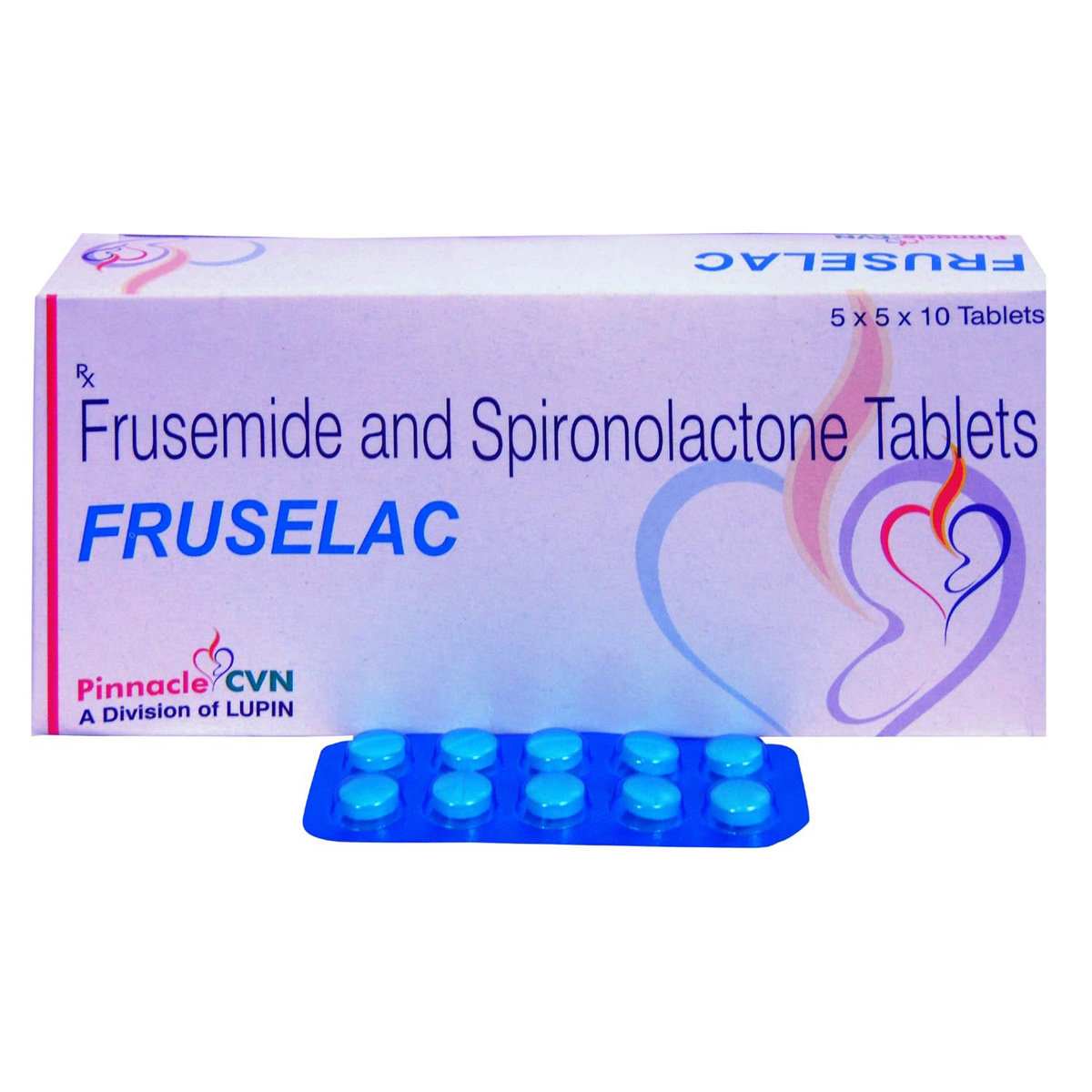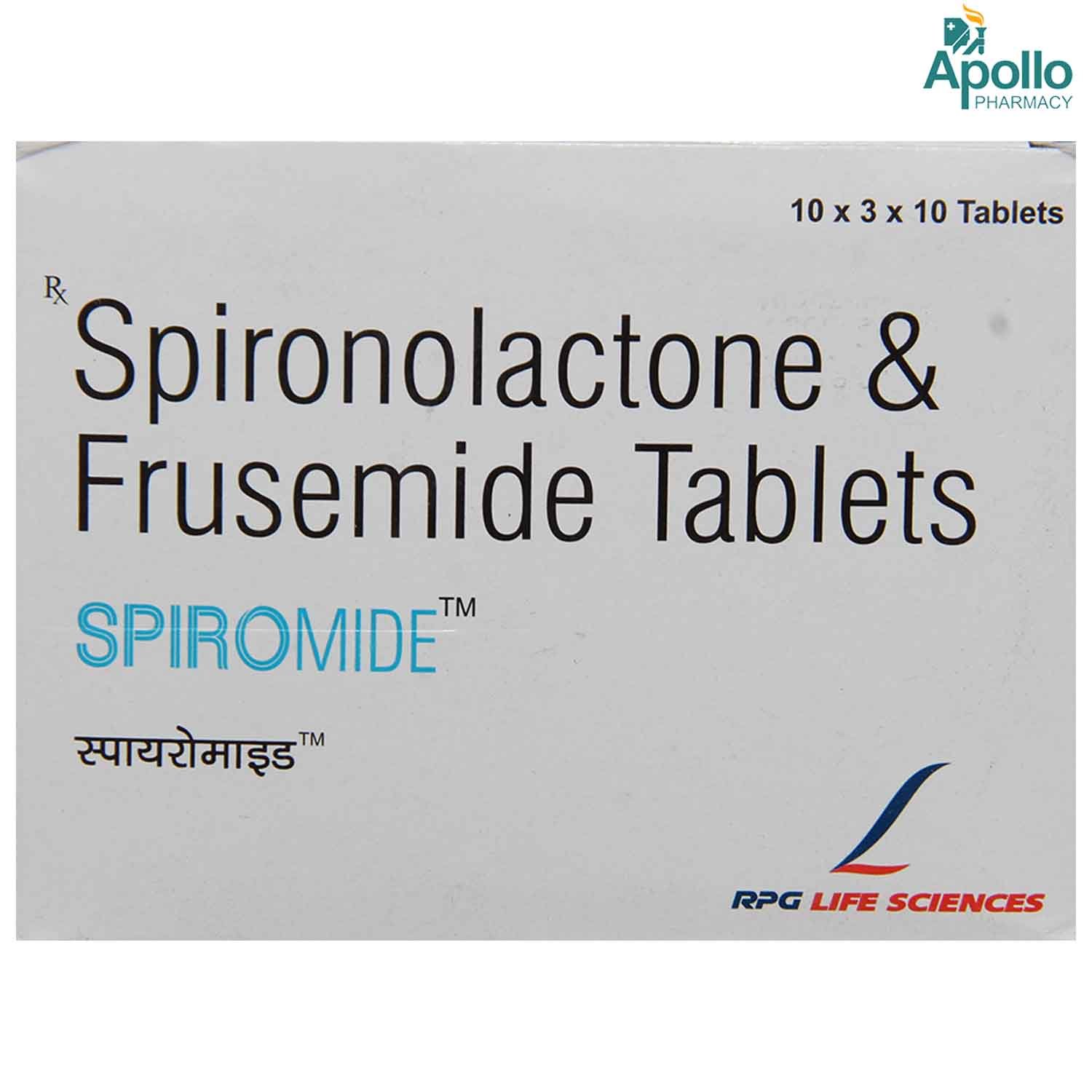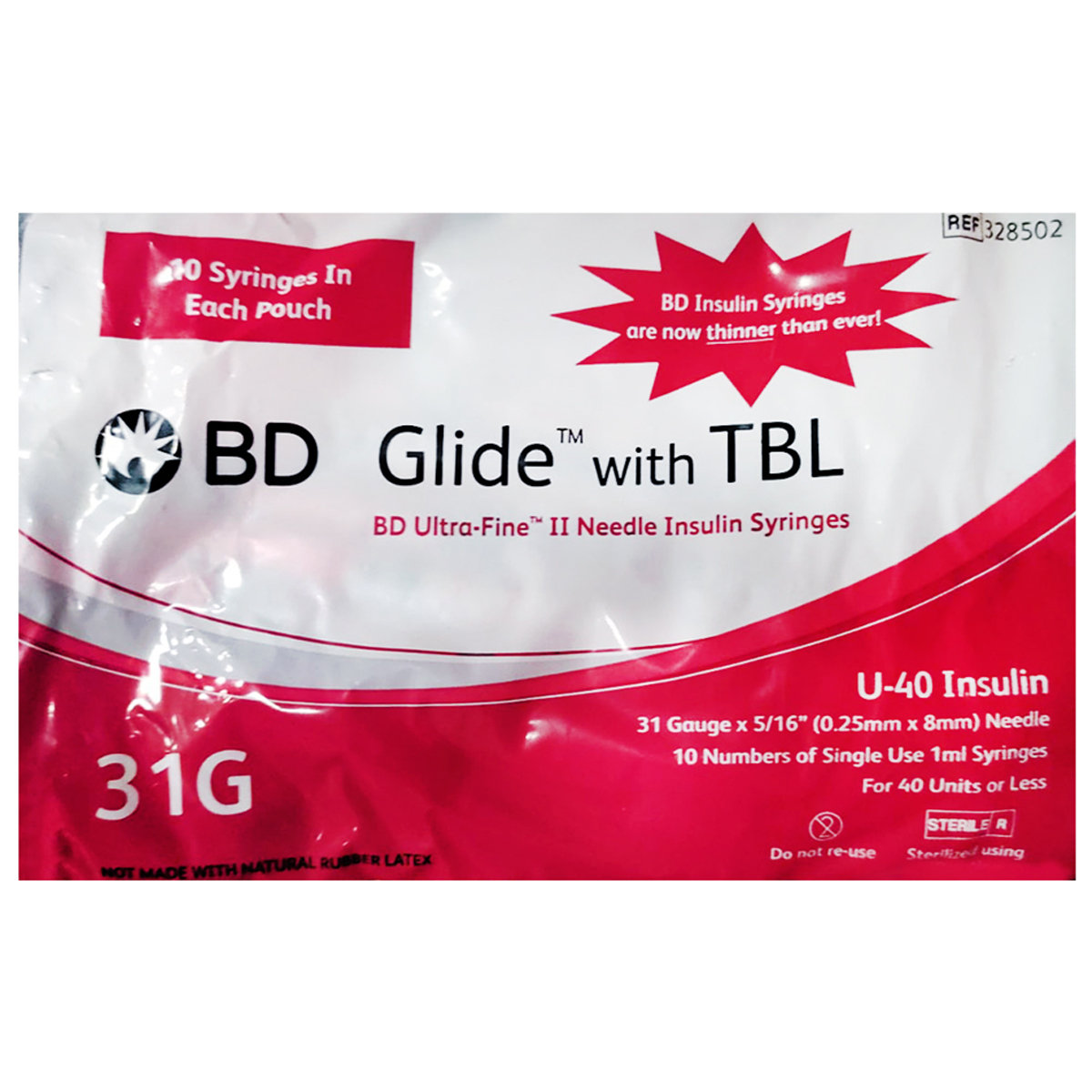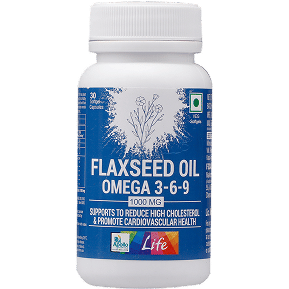Lasilactone 50 Tablet
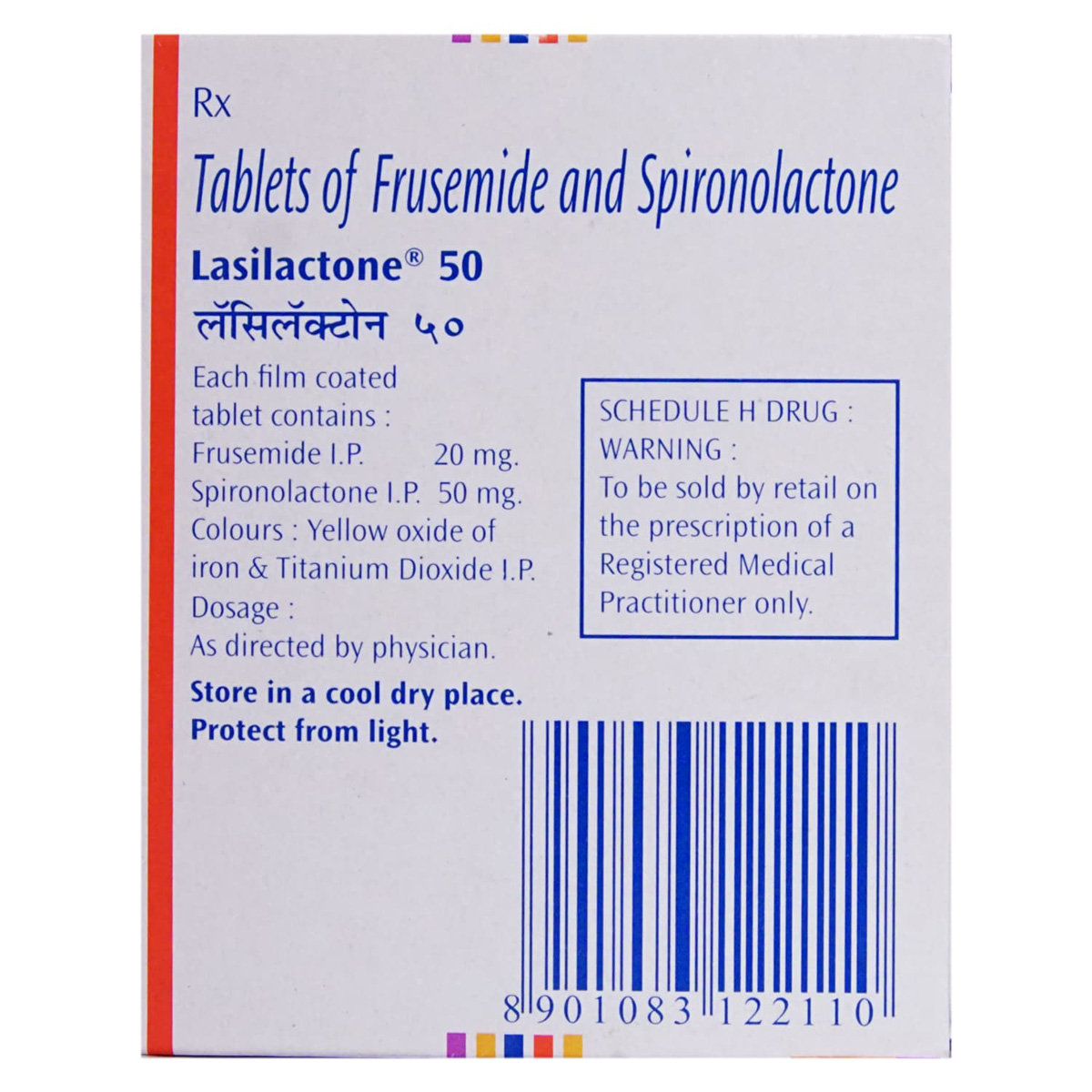
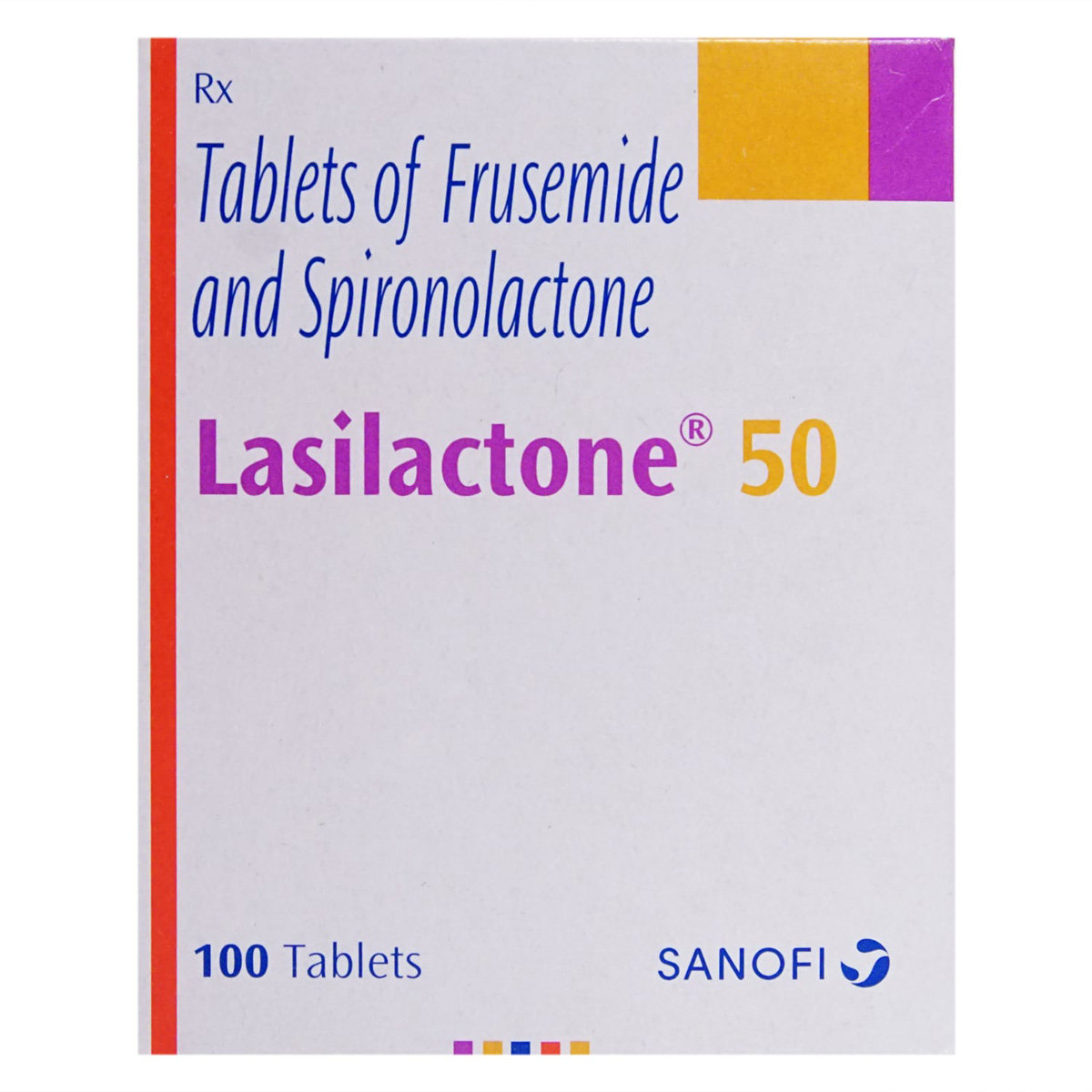

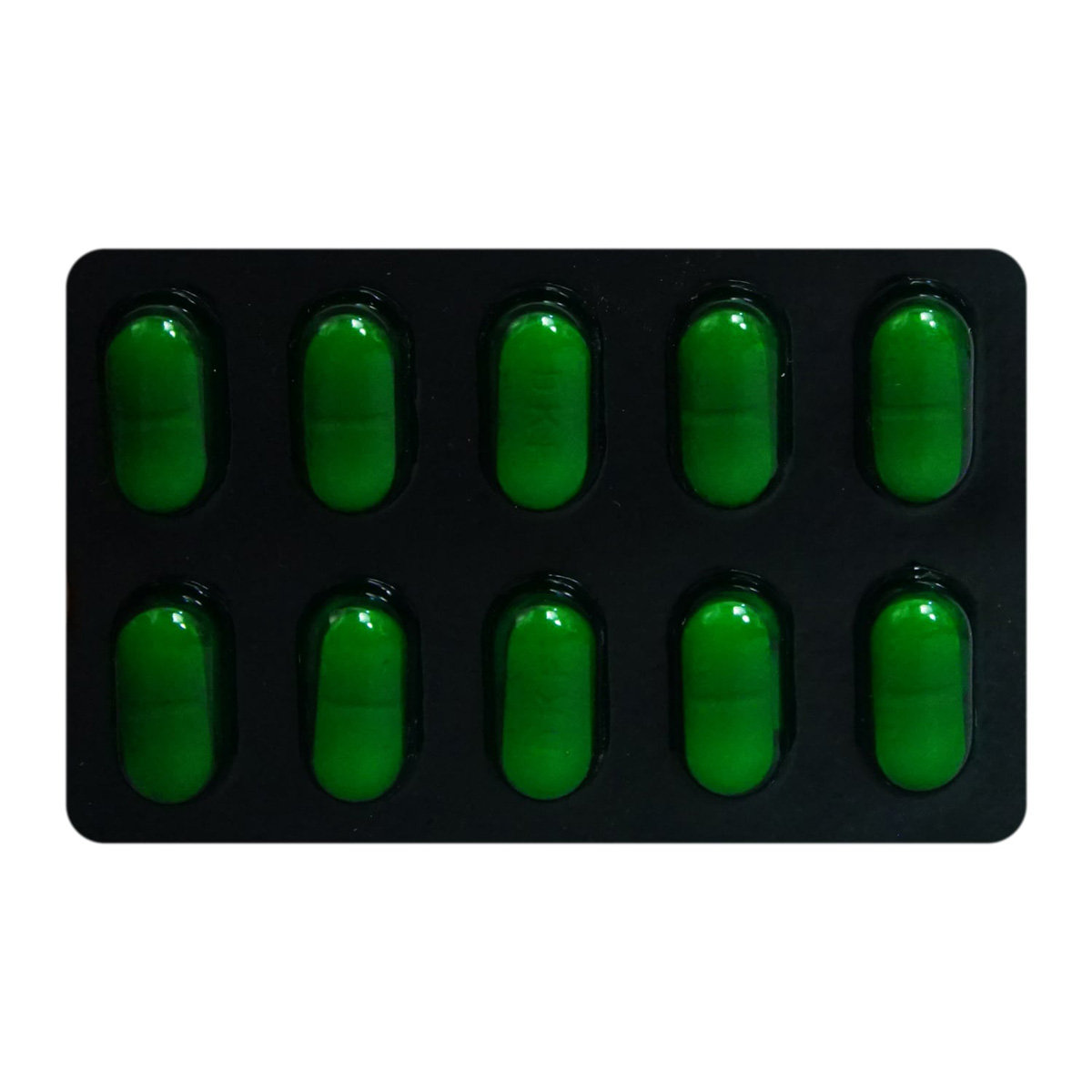
MRP ₹66.5
(Inclusive of all Taxes)
₹10.0 Cashback (15%)
know your delivery time
Provide Delivery Location
Composition :
Manufacturer/Marketer :
Consume Type :
Expires on or after :
Return Policy :

Secure Payment

Trusted by 8 Crore Indians

Genuine Products
Therapeutic Class
Country of origin
Manufacturer/Marketer address
Author Details
We provide you with authentic, trustworthy and relevant information
Disclaimer
Alcohol
Safe if prescribed
You are recommended not to consume alcohol along with Lasilactone 50 Tablet to avoid unpleasant side effects.
Pregnancy
Consult your doctor
Lasilactone 50 Tablet must not be taken during pregnancy.
Breast Feeding
Consult your doctor
Breast-feeding must be avoided during treatment with Lasilactone 50 Tablet .
Driving
Safe if prescribed
It is not recommended to drive after taking Lasilactone 50 Tablet as it may occasionally cause drowsiness due to orthostatic hypotension (sudden drop in blood pressure on standing from a lying position).
Liver
Consult your doctor
Lasilactone 50 Tablet to be taken with caution, especially if you have a history of liver diseases/conditions. Your doctor may adjust your dose depending upon your current liver conditions.
Kidney
Consult your doctor
Lasilactone 50 Tablet to be taken with caution, especially if you have a history of Kidney diseases/conditions. Your doctor may adjust your dose depending upon your current kidney conditions.
Children
Safe if prescribed
Lasilactone 50 Tablet is not recommended for children below 12 years of age.
Product Substitutes
About Lasilactone 50 Tablet
Lasilactone 50 Tablet belongs to a class of medicine called 'diuretics' (water pills) which helps to remove excess water from the body. Besides this, it also maintains the level of potassium in the bloodstream and prevents hypertension (high blood pressure due to oedema (fluid retention). Oedema or fluid overload is associated with pulmonary hypertension (high blood pressure in the lung) or heart failure (irregular heart pumping). Leg swelling is the main characteristic of oedema, which may be accompanied by shortness of breath, chest pain (angina), abnormal heart rhythms (arrhythmia) and swelling in other areas of the hands or abdomen.
It is a short-acting diuretic prescribed for the treatment of resistant oedema (fluid overload) associated with pulmonary hypertension (high blood pressure in the lungs), heart failure and hepatic cirrhosis (chronic liver damage). Lasilactone 50 Tablet works by increasing the amount of urine that is passed out from the kidneys. It effectively reduces excess fluid levels in the body and treats oedema (swelling) associated with heart, liver, kidney, or lung disease. This reduces the workload on the heart and makes the heart more efficient at pumping blood throughout the body. Thus, it helps to lower high blood pressure, reducing the chances of heart attack, stroke or angina (chest pain) in future.
You can take Lasilactone 50 Tablet with food or without food. It should be swallowed whole with a glass of water. Do not chew, crush, or break it. Your doctor will advise you how often you take Lasilactone 50 Tablet based on your medical condition. Sometimes, you may experience low blood pressure (hypotension), dehydration, electrolyte disturbances (potassium and sodium), headache, nausea, or dizziness. Most of these side effects of Lasilactone 50 Tablet do not require medical attention and gradually resolve over time. However, if the side effects are persistent, reach out to your doctor.
Try not to stop taking Lasilactone 50 Tablet of your own as doing so may raise your blood pressure, thereby increasing the risk of getting heart diseases and stroke. Inform your doctor if you are suffering from any kidney, liver or heart disease. If you are pregnant or breastfeeding, please tell your doctor so that the dosage of Lasilactone 50 Tablet can be prescribed accordingly. Please tell your doctor if you are taking any other medicines or are allergic to Lasilactone 50 Tablet . Reducing the amount of table salt (sodium chloride) in your food often relieves the swelling of the body.
Uses of Lasilactone 50 Tablet
Medicinal Benefits Mweb
Key Benefits
When you take Lasilactone 50 Tablet , it helps in losing out excess fluids from the body by increasing the production of urine. This reduces the workload on the heart and makes the heart more efficient at pumping blood throughout the body. Thus, it helps to lower high blood pressure, reducing the chances of heart attack or stroke. In addition, this relieves oedema and helps you carry out your daily activities more efficiently.
Directions for Use
Side Effects of Lasilactone 50 Tablet
- Electrolyte disturbances
- Dehydration
- Hyponatremia (low sodium concentration in the blood)
- Hypochloraemia (low blood levels of chloride)
- Hypokalaemia (low potassium levels)
- Increased blood cholesterol
- Increased uric acid
- Low blood pressure (hypotension)
- Orthostatic hypotension
- Increased urine volume
- Headache
- Drowsiness/somnolence
Drug Warnings
Lasilactone 50 Tablet should not be given to the people allergic to Lasilactone 50 Tablet , have low blood pressure (less than 90 mm of Hg), have had a heart attack, kidney disease (with creatinine clearance less than 30 mL/min), liver disease, pregnant women, or planning to get pregnant and breastfeeding women. Besides this, it is contraindicated in low blood pressure (hypotension), cardiogenic shock (sudden stopping of blood flow to the heart), and aortic stenosis (heart valve problem). Lasilactone 50 Tablet can pass into breast milk, but its effect on the baby is not known, so it is better to tell your doctor if you are taking Lasilactone 50 Tablet and breastfeeding. Lasilactone 50 Tablet may cause vocal changes so special attention must be given to the patients using Lasilactone 50 Tablet and whose voice is significant for their work (like actors, singers, or teachers). Hypovolaemia or dehydration with electrolyte and acid-base disturbances must be corrected before using Lasilactone 50 Tablet .
Drug-Drug Interactions
Drug-Drug Interactions
Login/Sign Up
Coadministration of Amiloride with Lasilactone 50 Tablet may increase potassium levels in the blood.
How to manage the interaction:
Taking Amiloride with Lasilactone 50 Tablet is not recommended as it can result in an interaction, it can be taken if a doctor has advised it. However, consult the doctor if you experience nausea, vomiting, weakness, confusion, tingling in your hands and feet, feelings of heaviness in your legs, a weak pulse, or a slow or irregular heartbeat. It is important to maintain proper fluid intake while taking these medications. Do not stop taking any medication without doctor's advice.
Combining Eplerenone with Spiranolactone may significantly increase potassium levels in the blood which can lead to kidney issues and irregular heart rhythm.
How to manage the interaction:
Although there is a possible interaction between Lasilactone 50 Tablet and eplerenone, it is not recommended as it can lead to an interaction. You can take these medicines if prescribed by a doctor. Consult a doctor if you experience nausea, vomiting, weakness, confusion, tingling in your hands and feet, feelings of heaviness in your legs, a weak pulse, or an irregular heartbeat. It is essential to maintain proper fluid intake while taking these medications. Do not discontinue any medications without a doctor's advice.
Taking Ziprasidone with Lasilactone 50 Tablet can increase the risk of abnormal heart rhythm.
How to manage the interaction:
Taking Ziprasidone with Lasilactone 50 Tablet is not recommended, but it can be taken together if prescribed by a doctor. However, consult your doctor if you experience sudden dizziness, lightheadedness, fainting, shortness of breath, weakness, tiredness, drowsiness, confusion, muscle pain, cramps, dizziness, nausea, or vomiting. Do not discontinue any medications without consulting a doctor.
Taking Lasilactone 50 Tablet with benazepril may increase potassium levels in the blood.
How to manage the interaction:
Although taking Lasilactone 50 Tablet and benazepril together can possibly result in an interaction, it can be taken if your doctor has prescribed it. However, consult the doctor immediately if you experience nausea, vomiting, weakness, confusion, tingling of the hands and feet, feelings of heaviness in the legs, a weak pulse, or a slow or irregular heartbeat. Do not stop using any medications without consulting doctor.
Coadministration of enalapril with Lasilactone 50 Tablet may increase the risk of hyperkalemia (high potassium levels in the blood), hypotension, syncope (fainting), and renal failure due to additive or synergistic effects. If you are elderly, dehydrated, or have a history of renal or heart illness, your risk is enhanced.
How to manage the interaction:
Although taking Enalapril together with Lasilactone 50 Tablet may possibly result in an interaction, they can be taken together if prescribed by your doctor. However, contact your doctor immediately if you experience signs and symptoms of hyperkalemia, such as nausea, vomiting, confusion, numbness, tingling in hands and feet, and irregular heartbeat. It is advised to limit the intake of potassium-rich foods like tomatoes, bananas, coconut water, mangoes, beans, and potassium-containing supplements. Do not discontinue any medication without consulting your doctor.
Using quinapril together with Lasilactone 50 Tablet may cause hyperkalemia (increase the levels of potassium in your blood).
How to manage the interaction:
Although taking Lasilactone 50 Tablet and quinapril together can possibly result in an interaction, it can be taken if your doctor has prescribed it. However, consult the doctor immediately if you experience symptoms such as weakness, confusion, numbness or tingling, and uneven heartbeat. Do not stop using any medications without consulting doctor.
Combining Lasilactone 50 Tablet with Captopril may significantly increase potassium levels in the blood which can lead to kidney issues and irregular heart rhythm.
How to manage the interaction:
Taking Captopril with Lasilactone 50 Tablet is not recommended as it can possibly result in an interaction, it can be taken if your doctor has advised it. However, consult the doctor if you experience nausea, vomiting, weakness, confusion, tingling in your hands and feet, feelings of heaviness in your legs, a weak pulse, or a slow or irregular heartbeat. It is important to maintain proper fluid intake while taking these medications. Do not stop taking any medication without doctor's advise.
Taking Irbesartan with Lasilactone 50 Tablet may increase potassium levels in the blood, which may lead to side effects.
How to manage the interaction:
Taking Irbesartan with Lasilactone 50 Tablet can result in an interaction, it can be taken if a doctor has advised it. However, consult the doctor if you experience nausea, vomiting, weakness, confusion, tingling in your hands and feet, feeling of heaviness in your legs, or a slow or irregular heartbeat. It is important to maintain proper fluid intake while taking these medications. Do not stop taking any medication without doctors advise.
Taking Lasilactone 50 Tablet with morphine may increase the blood levels and side effects of morphine.
How to manage the interaction:
Co-administration of Morphine with Lasilactone 50 Tablet can result in an interaction, but it can be taken if your doctor has advised it. However, if you experience any symptoms like trouble breathing, feeling tired, or having a cough, dizziness, drowsiness, difficulty concentrating, and impairment in judgment, reaction speed, and motor coordination make sure to contact a doctor. Do not stop using any medications without consulting a doctor.
Using perindopril together with Lasilactone 50 Tablet may cause hyperkalemia (high potassium level in blood).
How to manage the interaction:
Although taking Lasilactone 50 Tablet and perindopril together can possibly result in an interaction, it can be taken if your doctor has prescribed it. However, consult the doctor immediately if you experience symptoms such as weakness, confusion, numbness or tingling, and uneven heartbeats. Do not stop using any medications without consulting doctor.
Drug-Food Interactions
Drug-Food Interactions
Login/Sign Up
Drug-Diseases Interactions
Drug-Diseases Interactions
Login/Sign Up
Drug-Drug Interactions Checker List
- LITHIUM
- RISPERIDONE
- LEVOTHYROXINE SODIUM
- ASPIRIN
- IBUPROFEN
- SILDENAFIL
- METOPROLOL
- RAMIPRIL
- HYDROCHLOROTHIAZIDE
- ATORVASTATIN
- CARBAMAZEPINE
- PHENOBARBITAL
Habit Forming
Special Advise
- Treatment with Lasilactone 50 Tablet requires regular monitoring of serum potassium, sodium, and creatinine level.
Diet & Lifestyle Advise
- Consume antioxidant-rich food. Blueberries, cherries, tomatoes, squash, and bell peppers are high in antioxidants.
- Eat natural diuretic foods. Asparagus, beets, green beans, grapes, onion, leafy greens, pineapple, leeks, pumpkin, and garlic are all-natural diuretic foods.
- Use healthy cooking oils like soybean, olive, canola, and coconut oil.
- You should avoid refined foods such as white bread, spaghetti, sugar, and red meat.
- Reduce or eliminate Trans fatty acids, which are found in commercially baked items such as cookies, cakes, crackers, French fries, onion rings, doughnuts, and processed foods.
- Avoid consumption of too much salt or salty food.
- Keep your weight under control with a BMI of 19.5-24.9.
- Regular physical activity or exercise like walking improves your blood flow.
- When possible, elevate your legs or the swollen area on a chair or pillows.
- Avoid standing or sitting for extended periods of time.
- Avoid chronic stress as it can raise your blood pressure.
- Spend time with your loved ones to cope with stress and practice mindfulness techniques.
- Quitting smoking and alcohol consumption is the best strategy to lower the risk of many health complications.
All Substitutes & Brand Comparisons
RX
Out of StockSpirotic 20mg/50mg Tablet
Talent Healthcare
₹23.3
(₹2.1 per unit)
64% CHEAPERRX
Out of StockUrecton Plus 20 mg/50 mg Tablet
₹26.49
(₹2.38 per unit)
60% CHEAPERRX
Out of StockLasfru S 20mg/50mg Tablet
Curis Lifecare
₹33
(₹2.97 per unit)
50% CHEAPER

Have a query?
Buy best Cardiology products by
Torrent Pharmaceuticals Ltd
Sun Pharmaceutical Industries Ltd
Lupin Ltd
Intas Pharmaceuticals Ltd
Cipla Ltd
Micro Labs Ltd
Macleods Pharmaceuticals Ltd
Abbott India Ltd
Ajanta Pharma Ltd
Ipca Laboratories Ltd
Eris Life Sciences Ltd
Mankind Pharma Pvt Ltd
Lloyd Healthcare Pvt Ltd
Dr Reddy's Laboratories Ltd
Glenmark Pharmaceuticals Ltd
Emcure Pharmaceuticals Ltd
Alembic Pharmaceuticals Ltd
Alkem Laboratories Ltd
East West Pharma India Pvt Ltd
USV Pvt Ltd
Zydus Healthcare Ltd
Aristo Pharmaceuticals Pvt Ltd
Elbrit Life Sciences Pvt Ltd
J B Chemicals & Pharmaceuticals Ltd
Zydus Cadila
Akumentis Healthcare Ltd
Alteus Biogenics Pvt Ltd
Hbc Life Sciences Pvt Ltd
Fusion Health Care Pvt Ltd
Troikaa Pharmaceuticals Ltd
La Renon Healthcare Pvt Ltd
Corona Remedies Pvt Ltd
Jubilant Lifesciences Ltd
Medley Pharmaceuticals Ltd
Knoll Healthcare Pvt Ltd
Msn Laboratories Pvt Ltd
Zuventus Healthcare Ltd
Cadila Pharmaceuticals Ltd
Blue Cross Laboratories Pvt Ltd
Lividus Pharmaceuticals Pvt Ltd
Morepen Laboratories Ltd
Ranmarc Labs
Shrrishti Health Care Products Pvt Ltd
Sanofi India Ltd
Steris Healthcare
Elder Pharmaceuticals Ltd
Primus Remedies Pvt Ltd
Unison Pharmaceuticals Pvt Ltd
Eswar Therapeutics Pvt Ltd
Knoll Pharmaceuticals Ltd
Tas Med India Pvt Ltd
Systopic Laboratories Pvt Ltd
Indiabulls Pharmaceuticals Pvt Ltd
Leeford Healthcare Ltd
Sinsan Pharmaceuticals Pvt Ltd
Biochem Pharmaceutical Industries Ltd
Cadila Healthcare Ltd
Azkka Pharmaceuticals Pvt Ltd
Nirvana India Pvt Ltd
Orsim Pharma
Prevego Healthcare & Research Pvt Ltd
Econ Healthcare
Elinor Pharmaceuticals (P) Ltd
FDC Ltd
Sunij Pharma Pvt Ltd
Nicholas Piramal India Ltd
Astra Zeneca Pharma India Ltd
Pfizer Ltd
Lia Life Sciences Pvt Ltd
Shine Pharmaceuticals Ltd
Elicad Pharmaceuticals Pvt Ltd
Indoco Remedies Ltd
Proqol Health Care Pvt Ltd
Vasu Organics Pvt Ltd
Biocon Ltd
Opsis Care Lifesciences Pvt Ltd
Johnlee Pharmaceuticals Pvt Ltd
Merck Ltd
Wockhardt Ltd
Auspharma Pvt Ltd
Ergos Life Sciences Pvt Ltd
Lakshya Life Sciences Pvt Ltd
Ordain Health Care Global Pvt Ltd
Pficus De Med Pvt Ltd
ALICAN PHARMACEUTICAL PVT LTD
RPG Life Sciences Ltd
Glynis Pharmaceuticals Pvt Ltd
Orris Pharmaceuticals
Samarth Life Sciences Pvt Ltd
Aprica Pharmaceuticals Pvt Ltd
Aretaeus Pharmaceuticals Pvt Ltd
Koye Pharmaceuticals Pvt Ltd
Neocardiab Care
Retra Life Science Pvt Ltd
Alniche Life Sciences Pvt Ltd
Alvio Pharmaceuticals Pvt Ltd
Arkas Pharma Pvt Ltd
Atos Lifesciences Pvt Ltd
Divine Savior Pvt Ltd
Metalis Lifesciences Pvt Ltd
Customers Also Bought
Recommended for a 30-day course: 4 Strips





